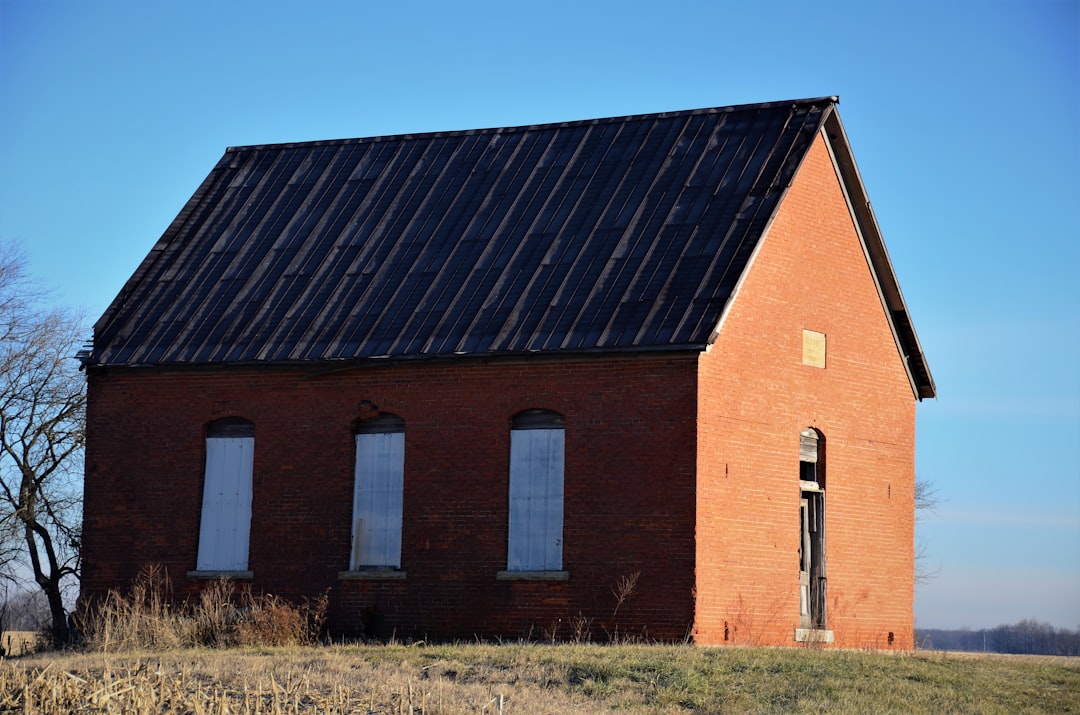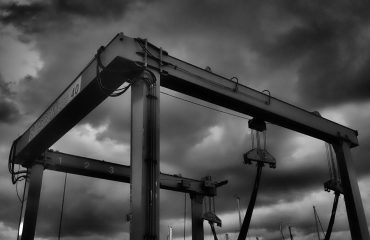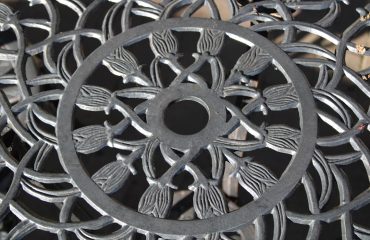Harnessing the power of the sun is a significant step towards a sustainable future. But the efficiency and longevity of your solar energy system depend heavily on a robust and reliable mounting system. This comprehensive guide explores the diverse world of solar panel mounting, helping you make informed decisions for your specific needs.
1. Understanding the Crucial Role of Solar Panel Mounting Systems
A solar panel mounting system is more than just a way to attach panels to your roof or ground; it’s the backbone of your entire solar energy setup. It provides structural support, ensuring the panels remain securely positioned to optimally capture sunlight throughout their lifespan. A poorly designed or installed system can lead to panel damage, reduced energy production, and even safety hazards. The system’s ability to withstand environmental stresses like wind, snow, and extreme temperatures is paramount. Choosing the right mounting system is crucial for maximizing energy output and ensuring the long-term performance and safety of your investment.
2. Exploring Different Types of Solar Panel Mounting Systems
The type of mounting system you choose depends largely on your specific circumstances, including roof type, panel orientation, and local building codes. The primary categories include:
- Roof-Mounted Systems: These are the most common type, further categorized into:
- Rack Mounting Systems: These use pre-assembled racks that attach directly to the roof, offering flexibility and ease of installation. They are suitable for various roof types, including asphalt shingles, tile, and metal.
- Integrated Mounting Systems: These systems are incorporated directly into the roof during construction, offering a sleek and aesthetically pleasing solution. They are particularly well-suited for new builds or major roof renovations.
- Flashing Mounting Systems: These systems use flashing to seal the panels to the roof, preventing water leakage. They are crucial for maintaining roof integrity.
- Ground-Mounted Systems: Ideal for large-scale solar installations or situations where roof mounting isn’t feasible. These systems utilize ground posts or piles to support the panels.
- Pole-Mounted Systems: These systems use poles to elevate the panels above ground, often used in areas with limited space or where shade is a concern.
- Wall-Mounted Systems: Suitable for mounting panels on the side of a building, often utilized for smaller installations or where roof space is limited. These systems require sturdy wall structures capable of supporting the weight of the panels.
3. Key Factors to Consider When Choosing a Mounting System
Selecting the right mounting system involves careful consideration of several crucial factors:
- Roof Type and Condition: The structural integrity of your roof is paramount. A professional assessment is needed to ensure the roof can safely support the weight of the panels and the mounting system.
- Panel Orientation and Angle: Optimizing the angle of your panels to maximize sunlight exposure throughout the year is critical. The mounting system must allow for adjustments to achieve optimal tilt.
- Local Building Codes and Permits: Compliance with local regulations is mandatory. Check with your local authorities to understand the necessary permits and requirements before installation.
- Environmental Conditions: Wind loads, snow loads, and extreme temperatures significantly impact the design and strength of the mounting system. A system designed to withstand these conditions is essential for long-term reliability.
- Budget: Mounting systems vary widely in cost. Balance your budget with the long-term benefits of a durable and efficient system.
- Aesthetics: While functionality is key, the aesthetics of your solar panel mounting system should be considered, especially for visible installations.
4. Installation Process and Best Practices
Professional installation is strongly recommended. Improper installation can compromise the system’s efficiency, safety, and warranty. A qualified installer will:
- Assess your roof or ground conditions: Ensuring structural integrity and suitability for the chosen mounting system.
- Design and plan the layout: Optimizing panel placement for maximum sunlight exposure and minimizing shading.
- Securely attach the mounting hardware: Using appropriate fasteners and techniques to ensure robust and weather-resistant connections.
- Install the solar panels: Connecting the panels to the mounting system and ensuring proper electrical connections.
- Inspect and test the system: Verifying the system’s functionality and safety before final handover.
It is crucial to choose a reputable installer with experience and a proven track record. Check for certifications and references before making your selection.
5. Maintenance and Longevity of Solar Panel Mounting Systems
Regular maintenance is crucial for prolonging the lifespan of your solar panel mounting system. This includes:
- Visual inspections: Regularly check for loose bolts, corrosion, or signs of damage. Address any issues promptly.
- Cleaning: Keep the system free from debris, particularly in areas prone to dust or snow accumulation.
- Tightening bolts: Periodically tighten bolts to ensure secure connections, especially after extreme weather events.
- Corrosion protection: Apply corrosion-resistant coatings or treatments to protect metal components from rust and degradation.
By following these maintenance practices, you can significantly extend the lifespan of your solar panel mounting system and ensure the continued efficient performance of your solar energy investment.
Choosing the right solar panel mounting system is a critical decision that directly impacts the performance, safety, and longevity of your solar energy system. Careful consideration of the factors discussed above, coupled with professional installation and regular maintenance, will help you maximize your return on investment and enjoy years of clean, renewable energy.
Tags: solar panel mounting, solar mounting systems, roof mount solar, ground mount solar, solar panel installation, solar energy systems




